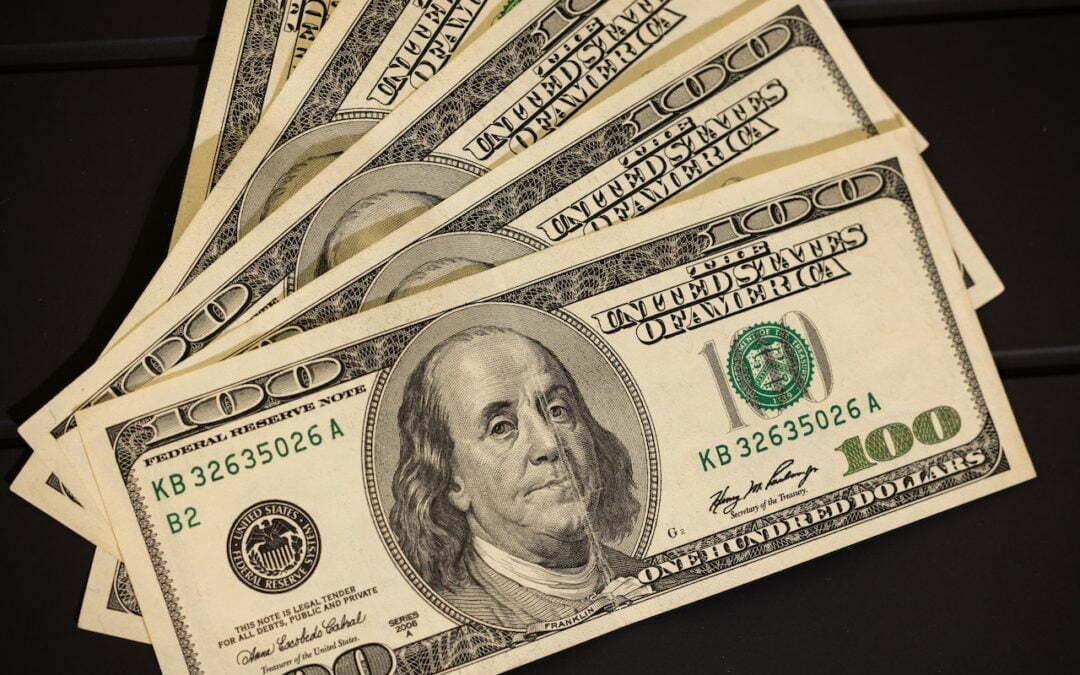1: liabilities definition
2: how liabilities work
3: liabilities vs debt
4: example of liabilities
Opening information:
Liabilities mean the responsibility for something that’s owed by other people or parties.
The people or parties would be anybody from the bank to the small person of the lender for some purpose.
So this article contains information about what is liabilities, how liabilities work in the stock market for corporate Companies, and what is the difference between liabilities and debt, finally one example about liabilities.
1: liabilities definition
Mr.Halk was a business entrepreneur and he has been running a drinks company for the past 8 years successfully.
Halk’s business profits were already above average profits, he normally purchases all the raw materials and goods from other suppliers, and he wouldn’t pay the amount for all the acquired materials on the purchase date.
Which would be paid once every 120 days, so they are recorded as a debt still they pay the entire amount for their suppliers as an account payable.
On the other hand, Halk businesses pay loans, and loan interest every term and month to the banks that they owe.
Next, the halk business had a lot of amount as deferred tax which needed to be paid later years by the company.
Moreover, there is also the amount that is needed to pay as interest for the bondholders, who are holding the bonds of the company.
Despite that, there is also debt that the company owes through the mortgage which is paid based on the terms.
On the other hand, the unpaid amount of some money for the worked employee in the industry as a bonus for their previous wonderful work is traced as accrued expenses of the business.
Finally, there is also is pending amount that needs to be paid to their shareholders as Dividends.
Here all terms of responsibility to pay back as a debt are called liabilities of the company.
It’s impossible to grow the company above the specific level, without a single liability. So now let’s have a look at how these liabilities are recorded and traced in the stock for the corporate industry.
2: how liabilities work
Every responsibility is recorded as a liability of the corporate business on the rights side of the balance sheet.
In the above talk business, we record and see all the types of traced expenses as liabilities of the company.
Like Halk’s business, all the corporations track and note their liabilities, but in a direction. Which are current liabilities and noncurrent liabilities.
Debts that are paid within 12 months of the company are tracked as current liabilities of the business, and the debt which is taken longer than a year to pay is considered non-current liabilities or long-term liabilities.
There are no specific rights or rules in the recording of liabilities, in general rule all the types of debt based on the business which are noted in the balance sheet.
Stock Investors always note the liabilities as a major thing in deciding on their investment.
However, when a certain industry had high liabilities, couldn’t have an income to pay the whole liabilities within 1 to 3 years. Most of the investors normally didn’t purchase the shares of that business.
despite that when a business had very less liabilities compared to the assets on the balance sheet, this business most likely influenced Investors’ decision to purchase the stocks.
Next, let’s understand the key doubts about debt and liabilities among most people.
3: liabilities vs debt
The difference between liabilities and debts, liabilities are the ones that are tracked and notified as debt to the Investors in the balance sheet.
However, the debt is part of the liabilities, which means building blocks of the liabilities. In Simply Way liabilities are the collection of the debt of the one industry.
So people normally perceive the debt as owed money, but the business perceives it as liabilities.
To make more clear about this let’s dive into one clear example.
4: example of liabilities
Say company N had accrued expenses of 25 million dollars of accrued expenses, 15 million dollars as notes payable, which would be paid within 12 months.
On the other, company N had a mortgage for 30 years, where the loan needed to be paid with interest.
Here all three debts are mortgage, accrued expenses, and notes payable are called collections of debt. This collection of debt is also Called liabilities in account terms.
So the mortgage comes in non-current liabilities, other notes payable, and accrued expenses come in current liabilities of the company.
Market rule: #100143
Liabilities are the market rule, which is the debts and obligations of the report of the company, every industry is required to report the liabilities at each quarter constantly over time.
If your investor and not comply or align investing based on market rules please learn about how to regulate your investments under your control with the use of Rule investing.

